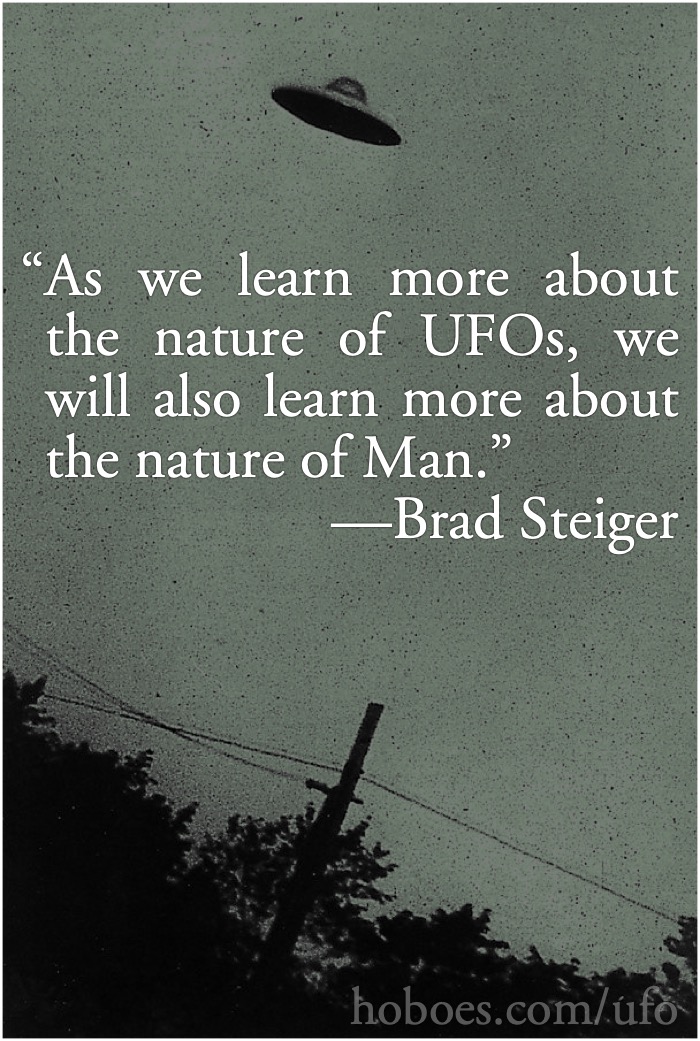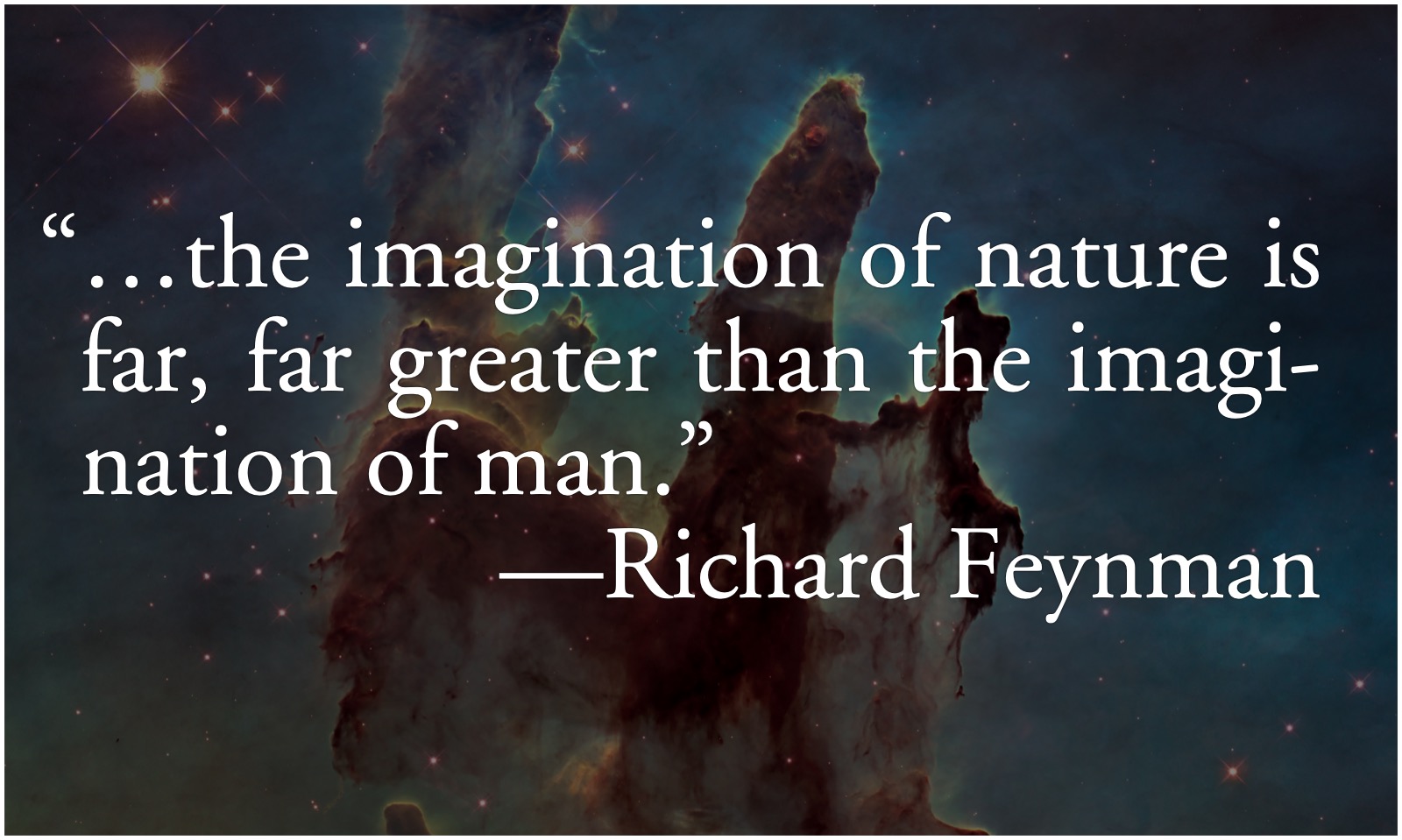UFO contact imminent… any day now

I ran across a stack of UFO magazines from 1975-81 during Thanksgiving travel and couldn’t resist picking them up. I’ve written before about Omni’s flirtation with UFOs and the paranormal. That did not spring out of nowhere. There were a lot of UFO and paranormal magazines on grocery store shelves before Omni’s 1978 debut. I’m not saying it was big money—the two I’ve read so far, Official UFO and UFO Report, obviously had no money to spare for nonessentials such as editing—but there was certainly enough interest among the public to justify multiple magazines. Even the tiny magazine racks of the tiny groceries of my very tiny hometown had UFO magazines. I’m pretty sure I wasn’t the only person buying them.
But I’d forgotten how mainstream UFO and full-on paranormal interest was in the seventies. It wasn’t just President Carter who acknowledged seeing a UFO. There was a real sense that we’d be contacting alien intelligence soon. This extended far beyond the UFO community: NASA had been taking part in Search for Extra-Terrestrial Intelligence (SETI) projects since the late sixties. They began funding SETI design projects in 1975 and set up a SETI branch in 1976.
Expectations were, we’d see results within a decade or two. The UFO community was more optimistic, expecting results in a year, maybe two. There would be a great revelation, and the ufonauts would come to guide us. It’s very strange reading these magazines from the era now, with their hints of insider information that an official government announcement would be made in a few months or a year. It makes me feel like I’ve missed the UFO equivalent of the rapture.
The various paranormal fields completely overlapped, too. The December 1976 issue of UFO Report contains a roundtable with Brad Steiger (the article’s author), Dr. Andrija Puharich, Melanie Toyofuko (“an associate of Dr. Andrija Puharich”), Phyllis Schlemmer (“the well-known psychic-sensitive”), and Gene Roddenberry (“the producer-creator of Star Trek). “Andrija and Melanie had worked closely with Uri Geller”.
The topic: “space intelligences and earth’s new species of super-kids”. In the transcript, Roddenberry talks about the Star Trek episodes that featured “individuals who had such unique talents”: Gary Mitchell and Charlie X. His main disagreement with the other participants is over the idea that this new super-species will be more moral, and less evil, than normal humans. The others are typical new agers, but if you’ve seen those Star Trek episodes, you won’t be surprised that Roddenberry has a more realistic view of human nature,
I think power does corrupt, and I think that even the innocence of a child is no protection against that…
Up to this point, he’s not just making sense, he’s addressing timeless ideas. It’s the kind of profound answers at the core of the best in science fiction. But then he goes beyond fiction into pure seventies:
I think that these powers, these abilities, may be appearing in exceptional people now; but I think it’s likely that in the future these abilities will appear in all kinds of people. Then I think we face the problem we face with every other kind of power—how will it be used?…
When we start dividing up the neutron and proton and understand the tachon, and when we cut these things up still further, maybe then we will find that the ultimate particle, the ultimate reality, is thought. I think this possibility has a bearing on everything we’ve been talking about.
I don’t know whether the children who see themselves in a spaceship or in Tibet actually go to a Tibet or a spaceship as we know it. But I think it is possible that the power of thought allows them to create a place, not an imaginary place, but a place that is as real to them as reality.
I know that when I am writing very well, and I create (I don’t know where that comes from either) a different planet, a different society, during the time I’m writing, it’s as real to me and as solid as this table top. I have smelled the smell of a campfire with an odor from no wood you’d ever have on Earth… I sometimes wonder how much farther one would have to go until indeed it became real.
I don’t know how many worlds are going on all at once. All of us here may be living in a different one in which we just sort of correspond. We’re reaching each other through those dimensions.
I think an exciting explanation, an exciting way to look at things, is that the ultimate power, the ultimate particle, the ultimate meaning, is thought itself.
Some of what he said here was extreme even for the time, such as the talk about each person being in their own personal dimension. These sorts of spiritual beliefs were rampant in Hollywood and California, however, and were probably not extreme in Roddenberry’s circle. For a darkly humorous look at the insanity of Hollywood, I recommend Breitbart and Ebner’s Hollywood, Interrupted: Insanity Chic•.
Some of it, however, was standard for the era. The idea that mankind was evolving exceptional paranormal abilities was common. Connecting these with UFOs was less common but not extreme.
On the other end of this anticipation of impending contact was the idea that we’d been contacted several times in the past. Leonard Nimoy famously narrated the In Search Of… series, including the 1977 In Search of… UFOs. William Shatner went further with his 1977 Mysteries of the Gods documentary, personally interviewing several members of the UFO and ancient astronaut communities. Included among his interviews are at least one NASA engineer on NASA property: Jesco von Puttkamer, Senior staff scientist of Advanced Programs of Space Flight at Kennedy Space Center, Cape Canaveral.
It’s basic Erich von Däniken stuff. The summary of the movie on YouTube describes it as “William Shatner explores the theory that the U.S. government is involved in a cover-up of visiting alien spacecraft.” But it was pretty much the opposite of a coverup. The credits began with:
We gratefully acknowledge the cooperation of: National Air and Space Museum, Smithsonian Institute; National Aeronautics and Space Administration, NASA; COMSAT: Communications Satellite Corporation.
Members of U.S. government-funded organizations were perfectly happy to comment on and entertain, if not agree with, the idea that we might have been visited.
What happened? Several things, the most obvious of which is that we were not contacted in a couple of months, or even a couple of years. SETI did not discover any evidence of extraterrestrial civilizations in the several decades since. It’s still trying. Much of their overly-optimistic enthusiasm was understandable. We didn’t know what we didn’t know, and wild ideas often fill such a void. “…the imagination of nature is far,” wrote Richard Feynman in What Do You Care What Other People Think•, “far greater than the imagination of man.”

But not only does it take longer than expected to plumb the imagination of nature, the evidence itself kept receding. What we had in the sixties and seventies were blurry photographs that revealed their evidence only on blowing up the photos, or sharp photographs that looked a lot like hubcaps and jello molds. I don’t remember who said it, but a long time ago I read a comparison with leprechaun sightings. Either you have an unverified one-person sighting of a leprechaun close-up, or a verified sighting by a crowd of people of a green blur off in the distance. Either the leprechauns are teasing us, or they don’t exist.
UFOlogists went out of their way to answer the question, “why don’t we have video” by presenting a lot of videos of… moving lights and out-of-focus blurs.
Their promise was that, as we devoted more resources to the problem, we’d get more evidence. That meant better camera equipment, faster computers with more memory to analyze the data. But we now have infinitely better camera equipment and infinitely better computers in everyone’s hands. And UFO photographs are still unverifiable. The videos are still moving lights and blurs.
Our remote sensing equipment is just as advanced over the radar of the seventies as our phones are over the era’s cameras. We still get the same unverifiable reports that can’t be confirmed. Either the aliens are advancing at exactly the rate we are, keeping just out of verifiable sight, or they aren’t real in any reasonable sense.
Many of the photos are, of course, real. Many are sharp and precise. But they’re never definitely real and definitely precise at the same time. The obvious conclusion is that whatever they’re a photograph of, it is neither leprechauns nor extraterrestrials.
- The Art of the Elephants (and other ancient astronauts)
- When a partisan provides absolute proof—and then goes on to ignore it—you can reasonably assume that they don’t believe what they’re saying.
- Hollywood, Interrupted•: Andrew Breitbart and Mark Ebner at Amazon.com (hardcover)
- “Insanity chic in Babylon: the case against celebrity.”
- In Search Of UFO’s… With Leonard Nimoy! (1976)
- “Various baffling UFO incidents in USA are investigated including a saucer that landed in a school with hundreds of witnesses!”
- In Search of… at Wikipedia
- “In Search of… is an American television series that was broadcast weekly from 1977 to 1982, devoted to mysterious phenomena.”
- Jesco von Puttkamer at Wikipedia
- “Jesco Hans Heinrich Max Freiherr von Puttkamer was an aerospace engineer and pulp science fiction writer. He was an advocate of human space exploration and the search for extraterrestrial intelligence (SETI). At NASA, he served as the program manager in charge of long-range planning of deep space crewed activities.”
- Mysteries of the Gods (1977)—William Shatner
- “Everything from the Peruvian Crystal Skull to the megalith structures in the jungles of Southeast Asia is accepted as evidence for the AAS theory. Cave drawings, old legends, Biblical stories and even some psychic visions of late Jeane Dixon are understood as stone cold facts.”
- Searching for Good Science: The Cancellation of NASA’s SETI Program: Stephen J. Garber at NASA (PDF)
- “On Columbus Day, 1992, the National Aeronautics and Space Administration (NASA) formally initiated a radio astronomy program called SETI (Search for Extraterrestrial Intelligence). Less than a year later, Congress abruptly canceled the program. Why?”
More UFOs
- Clinton vows UFO investigation
- Democratic front-runner Hillary Clinton assures America she will investigate the UFOs of Area 51 and stand up to the vast ice cream conspiracy.

